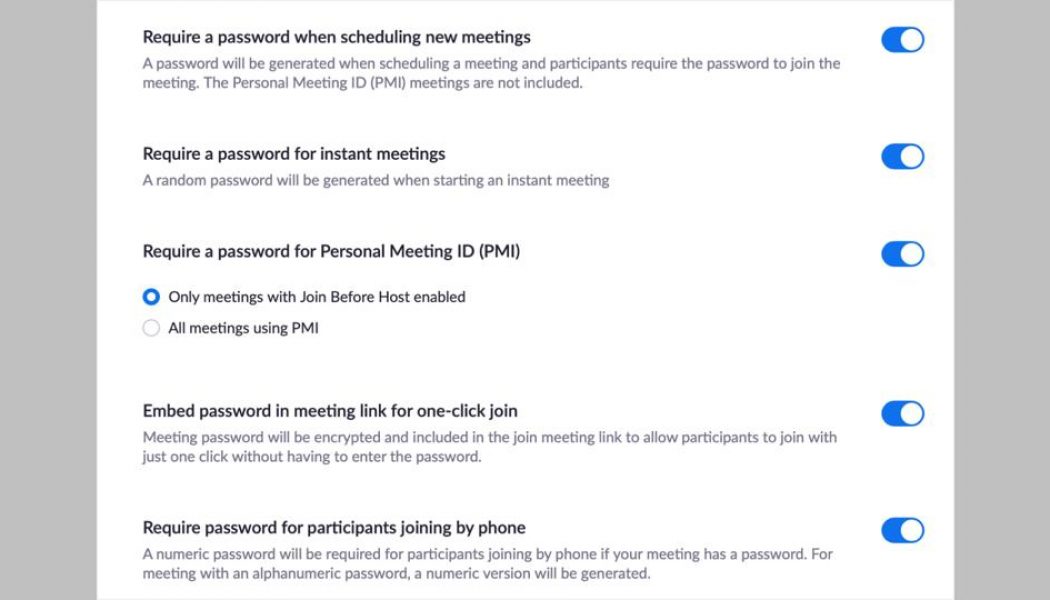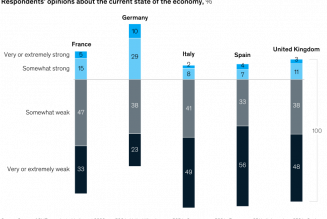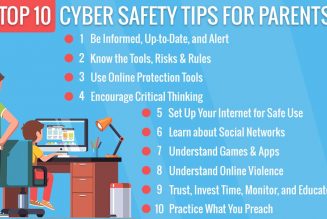The COVID-19 remote work exodus has seen billions of people working from home, which means video conferencing apps have exploded in popularity. At the forefront is the service Zoom.
However, with Zoom’s explosive popularity came a series of highly publicized security issues. To unpack this, ITNA’s Jenna Delport chatted with Gabe Goldhirsh, VP MEA at digital risk protection company, ZeroFOX.
According to Goldhirsh, Zoom administrators are responsible for establishing security parameters that affect internal employees as well as any external parties that may join the organization’s Zoom meetings.
Here are five ways to keep users safe and hackers out:
- Enable password requirements for ALL remote meetings whenever possible within the tool. Password enforcement at the administrative level is a primary requirement for risk mitigation and protection of the business.
- Do NOT allow proactive entry of a meeting by participants.
- Use Administrator locks at an organization level to prevent user changes.
- Utilize notification capabilities within the app for your organization to proactively identify potential malicious activity.
- Require user authentication when utilizing Web clients and allowing users to join meetings from outside the application.
The future of meetings and virtual group hangouts going in 2021
Despite progress toward pandemic control, Goldhirsh believes remote work is here to stay. Most likely, organisations will adopt hybrid work models (some time spent remote, some time in office) that will challenge security teams to ‘control’ the fluid work environment.
This will further increase cloud/SaaS adoption, allowing attackers to have near equal access to employees, customers and stakeholders.










